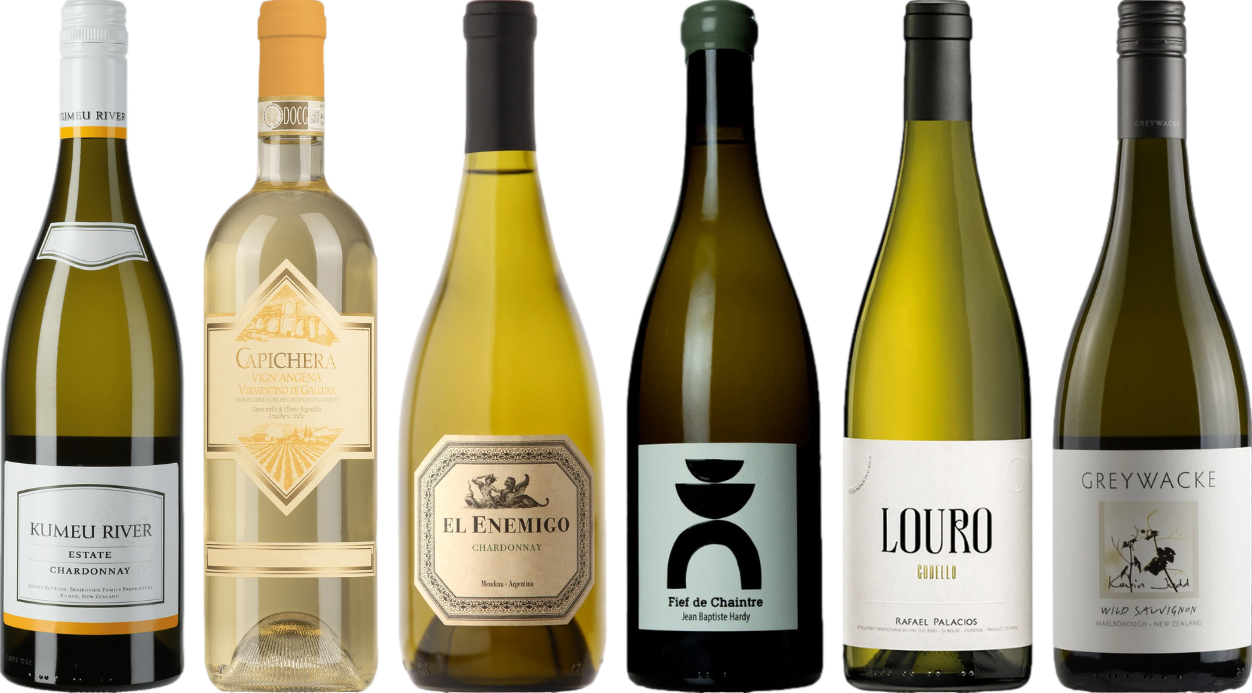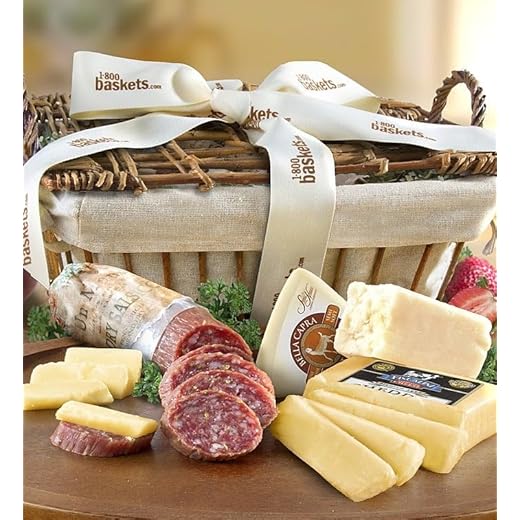



Yes, this particular variety typically has a noticeable level of sweetness. Many consumers are drawn to its fruity profile, which often includes flavors of strawberries and melon, making it a popular choice for those who prefer a more sugary palate.
When tasting this type of beverage, you might notice its lower acidity, which contributes to its smooth and approachable character. This makes it an ideal option for casual gatherings or light meals. Pairing it with spicy dishes can create an enjoyable contrast, enhancing the overall experience.
If you’re exploring options, it’s worthwhile to consider the residual sugar levels, as they can vary between different producers. Some bottles may offer a drier finish, but most will exhibit the sweetness that many fans appreciate. For those new to this category, starting with a chilled option can provide a refreshing introduction.
Is White Zinfandel a Sweet Wine?
Absolutely, this rosé variant typically showcases a noticeable level of sweetness. Its flavor profile often includes ripe strawberry and watermelon notes, appealing to those who enjoy a luscious taste experience.
To better understand its characteristics, consider the following:
- Sugar Content: Many bottles contain residual sugar, often ranging from 1 to 5% by volume, contributing to its sweet impression.
- Acidity Levels: The acidity is moderate, enhancing the fruity flavors while balancing the sweetness.
- Alcohol Levels: Generally, the alcohol content hovers around 9-12%, which can influence the perception of sweetness.
For those who appreciate sweeter styles, pairing this beverage with spicy dishes or desserts can elevate the dining experience. If you’re exploring options, look for labels that indicate their sweetness level, as some variations may lean more towards a dry finish.
Understanding the Flavor Profile of White Zinfandel
When exploring this particular rosé, expect a delightful mix of fruity and floral notes. Juicy strawberries, ripe watermelon, and hints of citrus often dominate the aroma and palate, creating a refreshing experience. This style tends to exhibit a lower acidity, which contributes to its approachable nature, making it an ideal choice for casual sipping or pairing with light dishes.
Tasting Notes and Pairing Suggestions
On the palate, you’ll likely encounter flavors reminiscent of cherry and raspberry, often complemented by a subtle sweetness that balances the fruitiness. The texture is typically smooth, making it versatile for various occasions. For food pairings, consider light salads, grilled chicken, or even spicy Asian cuisine. The fruity notes enhance the flavors of these dishes without overwhelming them.
Serving Recommendations
For optimal enjoyment, serve this beverage chilled, ideally between 45-50°F (7-10°C). This temperature enhances its refreshing qualities and accentuates the fruit-forward characteristics. Whether you’re hosting a gathering or enjoying a quiet evening, this pour offers a delightful experience that appeals to a wide range of palates.
Differences Between Sweet and Dry Wines
Understanding the distinction between sugary and non-sugary varieties is crucial for making informed choices. Sugary options typically have higher residual sugar levels, often above 10 grams per liter, offering a noticeable sweetness on the palate. These selections frequently exhibit fruity notes and a smooth finish, making them appealing for those who prefer a softer taste. When pairing with dishes, they complement spicy or rich flavors effectively.
On the other hand, non-sugary varieties contain less than 5 grams of residual sugar, resulting in a more pronounced acidity and a crisp, refreshing aspect. These selections tend to have a drier mouthfeel, often accentuating earthy or mineral notes. They pair well with lighter fare such as seafood or salads, enhancing the overall dining experience.
To identify each type, look at the label for sugar content or inquire with your retailer. If you’re unsure, tasting a few selections can help clarify your palate’s preference. For those new to exploring these categories, starting with a range of samples can be enlightening, revealing personal tastes and preferences. Remember, the best choice is one that resonates with your individual liking and complements your meal.
The Winemaking Process of White Zinfandel
To create this popular rosé, the initial step involves harvesting fully ripe grapes, which are essential for achieving the desired flavor profile. The grapes are typically picked during the cooler hours of the morning to maintain their freshness.
After harvesting, the fruit undergoes a gentle pressing to extract the juice. Unlike traditional red winemaking, where the skins remain in contact with the juice for an extended period, here, the skins are separated almost immediately. This brief maceration, lasting just a few hours, imparts a light pink hue while preserving the fruity characteristics.
Fermentation follows, often in stainless steel tanks to maintain the purity of flavors. The temperature is carefully controlled, usually kept between 55-65°F (13-18°C), to enhance the aromatic qualities. Yeast plays a crucial role, converting the sugars in the juice into alcohol, resulting in a balanced and refreshing finish.
Malolactic Fermentation
Some producers opt for malolactic fermentation, a process that converts harsher malic acid into softer lactic acid, adding creaminess and complexity to the final product. This decision varies among winemakers and influences the texture and mouthfeel of the finished beverage.
Blending and Bottling
Once fermentation is complete, the winemaker may blend different batches to achieve a harmonious balance of flavor and aroma. The wine is then filtered to remove any impurities before bottling. The final product is typically released young, allowing drinkers to enjoy its fresh and fruity essence.
| Winemaking Stage | Description |
|---|---|
| Harvesting | Gr grapes picked at optimal ripeness. |
| Pressing | Gentle extraction of juice, minimal skin contact. |
| Fermentation | Controlled temperature fermentation in stainless steel. |
| Malolactic Fermentation | Optional process for added creaminess. |
| Blending | Combining batches for balanced flavor. |
| Bottling | Filtration and packaging for release. |
How to Pair White Zinfandel with Food
For a delightful pairing, consider spicy dishes such as Thai green curry or Szechuan chicken. The fruity notes of this rosé complement the heat and enhance the flavors of the spices, creating a harmonious balance.
Grilled seafood, especially shrimp or scallops, works wonderfully. The refreshing acidity cuts through the richness of the seafood, while the wine’s subtle sweetness elevates the dish without overpowering it.
Light salads with fruits like strawberries or mandarin oranges make an excellent match. The wine’s berry undertones echo the salad ingredients, making each bite and sip a cohesive experience.
Cheese lovers should try pairing this style with creamy cheeses such as Brie or Camembert. The smooth texture of the cheese contrasts nicely with the wine’s crispness, creating a satisfying mouthfeel.
For dessert options, consider pairing with light fruit tarts or sorbets. The wine’s natural fruitiness complements the sweetness of these desserts, enhancing the overall enjoyment without being cloying.
Remember to serve it chilled. The cooler temperature accentuates its refreshing qualities, making each pairing more enjoyable and enhancing the food’s flavors as well.
Popular Brands and Their Sweetness Levels
For enthusiasts seeking delightful options, several brands stand out, each offering unique profiles. Here are some well-known producers and their associated sweetness levels:
- Beringer: Renowned for its approachable style, their offerings typically lean towards a moderate sweetness, making them perfect for casual sipping.
- White Zinfandel by Sutter Home: A classic choice with a noticeable fruity character, this brand often features a sweeter profile, appealing to those who prefer a lighter flavor.
- Blush by Gallo: This label strikes a balance, presenting a semi-sweet experience that pairs well with various dishes, enhancing its versatility.
- Robert Mondavi: Known for quality, their version provides a hint of sweetness, ideal for those transitioning from dryer styles.
- Francis Ford Coppola: Their blend tends to highlight fruit-forward notes, with a sweetness level that appeals to a broad audience.
When selecting a bottle, consider the residual sugar content, which significantly influences the overall taste. Brands often vary in sweetness, so tasting a few options can guide you to the right choice for your palate.
For practical tips on how to efficiently manage your home projects, check out this guide on how to attach a hose to a pressure washer.
Consumer Perceptions of Sweetness Levels
Many enthusiasts associate this particular blush beverage with a sugary profile. However, perceptions vary widely among consumers. While some consider it a dessert-like choice, others find it to be pleasantly refreshing and balanced. It’s essential to recognize that individual taste perception is influenced by personal experiences and preferences.
Surveys indicate that approximately 60% of drinkers view this varietal as sweet, primarily due to its fruity notes and approachable style. This perception can be attributed to the marketing strategies employed, which often emphasize its easy-drinking nature. On the flip side, a subset of connoisseurs appreciates its nuanced acidity and fruit-forward character, which can provide a more complex tasting experience.
When exploring this category, individuals should be aware of the varying sweetness levels produced by different wineries. Some brands intentionally create a drier version, appealing to those who prefer a less sugary profile. Tasting notes from various producers can offer insights into the flavor spectrum and help buyers align their choices with their personal tastes.
It’s advisable to sample several options to determine one’s own preference. Attending tastings or purchasing smaller bottles can aid in discovering the nuances and help clarify any misconceptions about sweetness. Engaging with knowledgeable staff at wine shops can also provide valuable recommendations tailored to individual palates.







